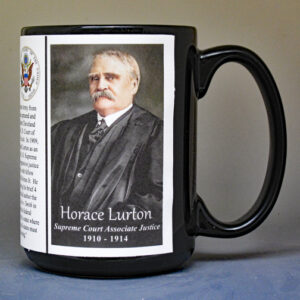Description
Born Oluale Kossola, in the Banté region of West Africa, Cudjo Kazoola Lewis was the third to last survivor of the Atlantic slave trade between Africa and the U.S.A. He was one of about 110 enslaved Africans aboard the Clotilda that landed in Alabama, in 1860. The ship was burned and scuttled to evade detection and was not discovered until 2018. Lewis was purchased by James Meaher to work as a deckhand on a steamer. Freed from slavery in 1865, he worked as a farmer and later sexton of the church. He and his wife, Abile, a fellow survivor of the Clotilda, had six children and helped found an African-born community, at Magazine Point, now designated as Africatown. In 1931, folklorist, Zora Neale Hurston interviewed Lewis and detailed his life story in her book, Barracoon, not published until 2018.
Atlantic Slave Trade
The importation of enslaved African humans was a controversial issue at the Constitutional Convention of 1800. Northern states opposed the slave trade with other countries, while Southern states favored it. A compromise resulted in outlawing importation after 1808. Slavery was still legal after 1808, and only transportation between countries was prohibited. In response to the North’s reluctance to enforce the Fugitive Slave Act of 1850, Southern states re-opened the slave trade. The smuggling of slaves from Africa to the Southern coast of the United States was carried on in defiance of Federal law until 1859, when the last known slave ship, the Clotilda brought a final group of enslaved people to Mobile, Alabama.
This Cudjo Kazoola Lewis history mug is part of our African American History series which includes many of the unique individuals who played an important part in molding America’s history.
The biographical History Mugs were created to teach and inspire individuals to learn about our diverse and interesting history. The biographies were researched and written by history enthusiast, Robert Compton. He colorized most of the historic photos and images used on the mugs, which were originally black and white or sepia-tone. The images and biographies are imprinted on mugs at his studio in rural Vermont.
- Mugs are food and microwave-safe.
- To preserve photographic quality we recommend hand washing.
- Mugs are usually shipped within 3-5 days.












